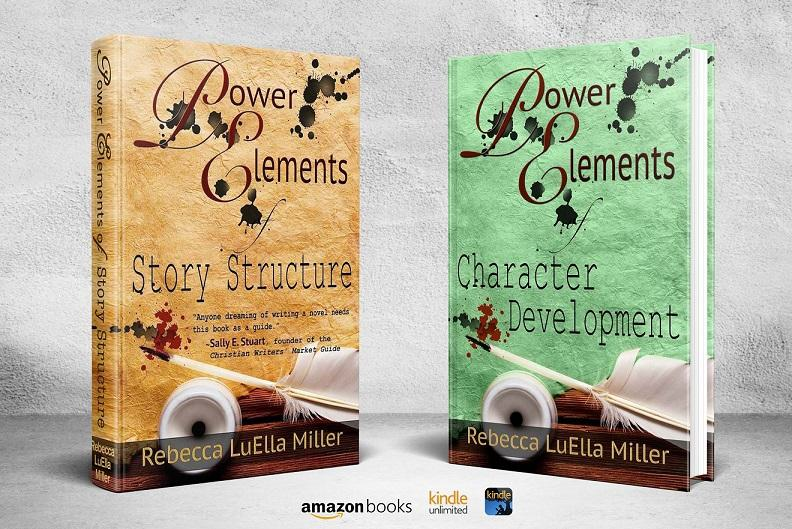Fantasy—Not Your Leftover Stale Bread
Why spend time dissecting fantasy and categorizing the different types? Besides the reason I quoted last week from The Writer’s Guide to Fantasy Literature, edited by Philip Martin (The Writer Books), I think there is knowledge that readers (and CBA publishers) may need: not all fantasy revolves around a quest.
One of the unfortunate impressions seems to be that all fantasy is the same, that it is derivative and stale.
First, to a certain extent, all stories are derivative, which is why writers quote from time to time the mantra that there are no new stories. But beyond that, “stale” is a little hard to swallow when there has been so little “fresh” work that can be classified as “Christian.” When will Christian romance be considered “stale” for example? Only when readers decide to stop buying it. So, in order for Christian fantasy to be considered stale, there first has to be an adequate supply for readers to get tired of.
To get to the point of “an adequate supply,” it seems to me we must first expose the misconception that all Christian fantasy is alike. In truth, there is much variety within the genre; not every story is a rehash of Tolkien’s tale, not even other epic quests.
Before I jump into the categories Martin identifies, just a personal note of discovery about the truth of this point. On a writers’ discussion board, a number of us in the SFF thread responded to a topic about our work in progress. I’m not sure now what the driving question was—maybe, what is your pitch? Regardless, one thing that struck me was the amazing variety. No two stories sounded remotely alike. Were there some elements that we shared? In the most remote way, as all mysteries have something unknown to discover, as all romances have two people who fall in love. Of course fantasy has evil and good. That’s really its most basic requirement, but there are SO many ways stories can work within that “quilting frame.”
High fantasy. This is perhaps what people think of when they hear the term. These stories have settings that sound like Europe in the Middle Ages, with knights and kings, castles and cottages. These stories are rooted in classical mythology and “tackle head-on the question of Good and Evil.”
Adventure Fantasy. These stories encompass a large variety, from swordplay to talking animals (or talking stuffed animals). The cohesive element is the desire of the character(s) for personal adventure, as opposed to engaging in the lofty purpose or great cause of high fantasy. Martin, concerning Evil in adventure fantasy:
Evil in adventure fantasy is not grand Evil personified, but a more obscure cousin: Chaos. In adventure fantasy, forces of evil (or uncertainty) are everywhere in never-ending supply: dragons, sorcerers, scheming barbarians, stalking Heffalumps. Unlike big Evil, Chaos is fluid, constant.
Fairy Tales. These stories are more directly designed to deal with heart issues: fear, courage, greed, love. From The Writer’s Guide to Fantasy Literature:
Fairy tales tend to deal with personal transformation. In fairy tales, people (or creatures) change in dramatic, often miraculous ways, and this is at the heart of the story. The ugly duckling is transformed into a beautiful swan, the toad into a prince, a cinder-maid into a princess, the fool into a wise person. Also, fairy tales explore on a very individual level the invisible boundary between the safety of home and the dangers that lie beyond (and that occasionally force their way into the cottage.) …
Fairy tales look out for the warmth of the hearth—or cottage, village, or protective castle walls—to the unknown, possibly evil world of the dark forest—the foreign land, the big city, the land of the wealthy, the odd strangers, the wilderness realm of monsters.
Martin identifies two other types which I’ll take a look at next time.






































